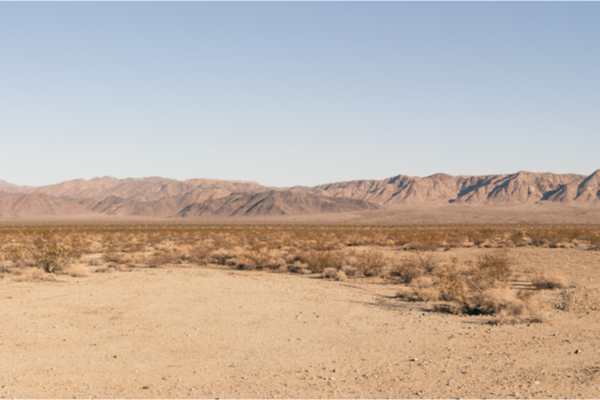For parched areas of the western United States, spring is unlikely to offer relief. Instead, historic “megadrought” conditions will probably worsen, the National Oceanic and Atmospheric Administration (NOAA) announced in its annual spring outlook.
As the Washington Post reports, NOAA’s Climate Prediction Center — part of the National Weather Service (NWS) — is also forecasting above-average temperatures for most of the U.S. from the Desert Southwest to the East Coast and north through the Midwest to the Canadian border from April to June. The outlook, issued every March, comes as western water resources are strained amid the worst multi-decade drought in at least 1,200 years.
“NOAA’s Spring Outlook helps build a more weather and climate ready nation by informing local decision makers and emergency managers of this spring’s hazardous weather, such as extreme drought,” said NOAA Administrator Rick Spinrad, Ph.D. “NOAA’s seasonal outlooks provide advanced warning of the conditions to come, enabling communities to make preparations that boost their resilience to these hazards.”
More than half of the U.S. is predicted to experience above-average temperatures this spring, with the greatest chances in the Southern Rockies and Southern Plains. Below-average temperatures are most likely in the Pacific Northwest and southeast Alaska.
“Severe to exceptional drought has persisted in some areas of the West since the summer of 2020 and drought has expanded to the southern Plains and Lower Mississippi Valley,” said Jon Gottschalck, Chief of the Operational Prediction Branch, NOAA’s Climate Prediction Center. “With nearly 60% of the continental U.S. experiencing minor to exceptional drought conditions, this is the largest drought coverage we’ve seen in the U.S. since 2013.”
Against this backdrop, NOAA’s spring outlook cites the likelihood for a drier-than-average spring across much of the West, leading to probable intensification and expansion of drought throughout the region. According to the agency’s forecast, there is a better-than-even chance of drought remaining entrenched across the West and even expanding into some areas of Texas and Arizona that aren’t experiencing a moisture deficit.
According to the Washington Post, the Southwest, including California, is experiencing the worst multi-decade drought in more than 1,000 years. A string of lackluster winters for precipitation have deepened a regional hydrological crisis that has induced record-smashing heat, devastating wildfire seasons and agricultural woes.
Though an easing of drought conditions once seemed probable due to a very wet December, a dramatic pattern change rendered January and February, often the two wettest months in California, almost completely dry. As it appears increasingly likely that drought will again worsen into 2022, the populous region home to a sprawling farming industry is in a precarious situation.
Continuing drought will probably mean wildfires again threaten vast tracts of the West into 2022’s warm season, taking advantage of fuels rendered extremely dry by the lack of rain. Already, conditions extremely favorable for wildfire spread allowed dozens of blazes to erupt across Texas on Thursday, and the National Interagency Fire Center (NIFC) predicts that hundreds of counties West of the Mississippi will see above-average significant wildfire potential through at least June.
—
Photo Credit: RoSy76 / Shutterstock.com
